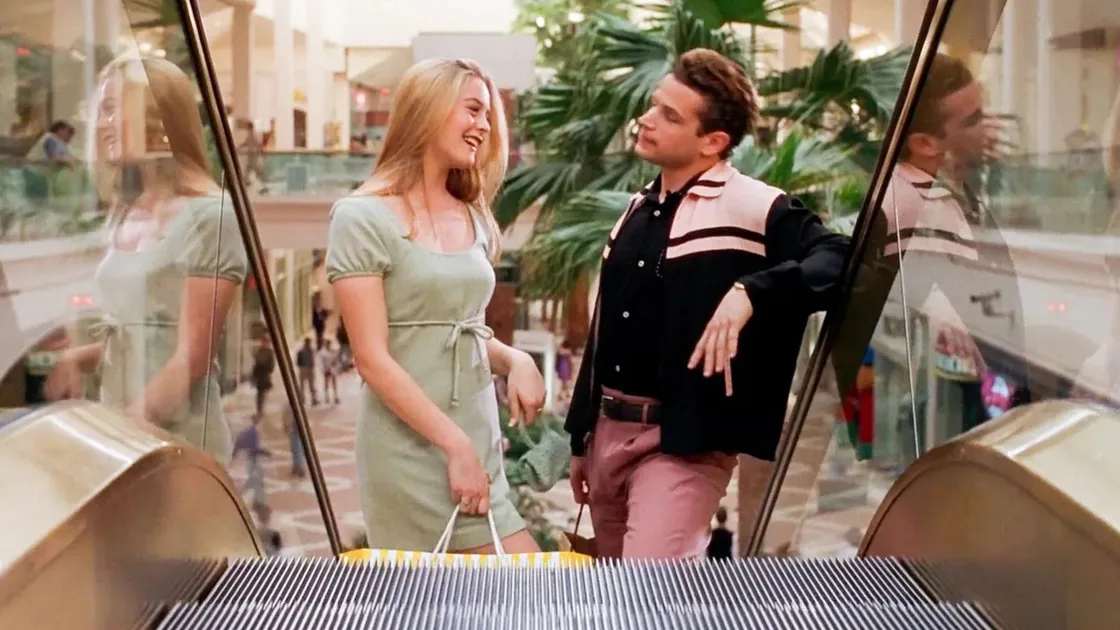‘I’m very anti-fast fashion’: How a wave of second-hand shopping is cutting NSW’s carbon footprint

- by Admin
- June 17, 2024
Households across New South Wales saved themselves $432 million last year by shopping second-hand, as they felt the crunch of the cost of living crisis.
The study also found the dollar-busting strategy banked huge environmental benefits, diverting 49,000 tonnes of waste from landfill, saving 51,000 megalitres of water and 321,000 tonnes of carbon dioxide-equivalent to taking 134,000 cars off the road.
The report, Measuring Reuse Activity and Impacts in NSW, is the first of its kind and provides an in-depth look into the environmental, economic and social benefits of second-hand shopping.
It was developed by not-for-profit Charitable Reuse Australia in partnership with the NSW Environment Protection Authority (EPA).
As she stands inside the treasure trove of salvaged industrial off-casts for sale at Reverse Garbage in Marrickville to launch the report, it’s clear that the social enterprise’s CEO Kirsten Junor is a lover of everything second hand.
She’s wearing a jacket she found at a Salvo’s store and was handpainted by a local artist.
“By shopping second-hand and reusing things you really can create your own style and you find things that you love and you cherish and then those stories are passed on,” she said.
“But this report shows that reuse works, it has a huge environmental, social and economic impact – we see it here every day.”
Appeal of sustainability
The CEO of Charitable Reuse Australia Omer Soker said people were increasingly turning to second-hand as bills and other costs put more pressure on household budgets.
“That’s the role of charity shops and reuse organisations, to help people during those tough times. This is just another one of those times,” he said.
“There are 3,000 op shops and reuse shops across Australia, there is 200 million items for sale each year – average price is about five bucks.”
But he also said second-hand shoppers weren’t just buying second-hand to save money.
More recently it’s also been driven by the new generation of consumers, wanting, demanding sustainability in terms of their choices,” Mr Soker said.
“Second-hand is becoming cool, not quite as cool as it is the UK, but that’s what’s driving it.”
‘Perfectly fine to keep reusing’
Kerrie Felton has been second-hand shopping since she was 12 years old and was out hunting bargains at the Salvo’s store in Tempe with her two young sons in tow on Monday morning.
“Most of the things here are perfectly fine to keep reusing and the less trash we can send to the landfill, the better,” she said.
“I’m very anti-fast fashion so it suits me to shop second-hand.”
She said she had also saved a huge amount of money by frequenting op shops instead of buying brand new.
“So much, so much. When I hear what other people spend on clothing every month I know that what I spend would go nowhere close to that and that is covering the house, the boys, my husband all of us,” she said.
The CEO of EPA Tony Chappel said the study also showed the second-hand industry also created 25 times more more jobs than recycling.
“There is huge economic, social and environmental value in expanding the reuse and repair within our economy,” he said.
The report found last year 107.7 million second-hand items were rehomed, 3,900 tonnes of items were repaired for reuse and $51 million from second-hand operations was raised and reinvested into social and community programs.
Posted , updated
The Latest News
-
December 27, 2024‘Not about Virat Kohli or India’ – Former Australia coach Justin Langer slams media’s witch-hunt after being a past victim himself | Sporting News India
-
December 27, 2024Australian Heta lands nine-darter at World Champs
-
December 27, 2024Jannik Sinner labelled ‘overwhelming favourite’ for Australian Open as ‘weak’ players slammed by former world No 1
-
December 27, 2024Why Kyrgios believes an Australian champion will emerge from the Brisbane International
-
December 27, 2024Australian duo withdraw from Brisbane International


